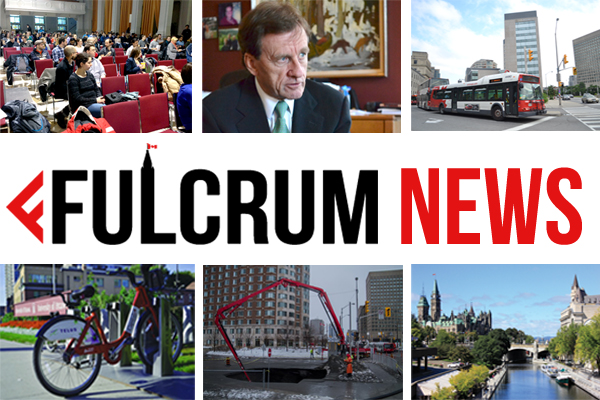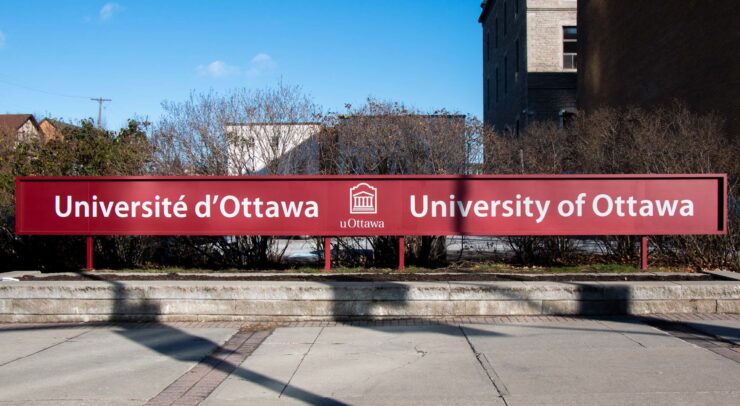Strategic plan to define the school’s direction for the next ten years
With files from Jacob Hoytema, Associate News Editor
The University of Ottawa has launched public consultation for its Imagine 2030 plan — a high-level document that will influence the university’s goals and initiatives over the next 10 years.
“The purpose of strategic planning is to identify and define the high-level challenges that we face as a university,” explained David Graham, university provost and Imagine 2030’s architect.
“The real question we are asking is what kind of future we want to define for ourselves that will give us the best chance of success.”
The U of O has been running off a similar plan called Destination 2020. The strategy saw the school expand international cooperation with other universities, improve interdepartmental communication with new cross-major programs, and kickstart several new research labs including the Advanced Research Complex (ARC). Destination 2020 also planned for improved international and Francophone student enrolment.
The document laid out targets including bilingualism, pension contributions, and compost rates, but the vagueness of many of Destination 2020’s goals makes it difficult to compare to the school’s actual performance.
The U of O climbed from the 14th to the 7th best school in Canada during the last decade, according to Times Higher Education. However, Graham admits that the role of the plan in this progress is unclear, due in part to how general the plan was — an issue he hopes to resolve in Imagine 2030.
“What the president has asked us to do — because he is very cognizant of spending a lot of time writing a long, involved plan that will sit on the shelf and gather dust — is write a much shorter document that forms a ten-year framework that will inform strategic decisions,” said Graham.
“Then he wants a five-year action plan. That’s really the nuts and bolts of the school’s action.”
Graham explains that the resulting strategic plan will then be used to build more specific policies for the university, including a new campus master plan, the school’s environmental policy, and any new academic program the school might launch.
Graham encouraged students, faculty and alumni to voice their opinions on the Imagine 2030 plan, and reminded current U of O students that they are in a unique position to influence the future of the university.
The office of the president will be hosting public consultation meetings on various aspects of the Imagine 2030 plan, in addition to an online engagement platform for students to voice their opinions.
“Every big decision we make should be influenced by those choices and priorities that we’ve set out as an institution,” said Graham.
On March 14, the university held the final of its “deep dive” consultation sessions, where a large number of participants go through several stages of identifying lofty goals and realistic objectives.
While many administrative staff and alumni attended the session, current students were severely under-represented, making up fewer than ten out of nearly a hundred attendants.
Those running the consultations say that previous events were not much different in this regard. While they have set up specific meet-ups with student groups, they said they have had difficulty in drawing students to the open consultation sessions that will eventually set the framework for the whole campaign.
One administrator theorized that it students may be too busy with midterms, or too pre-occupied with the continuing drama surrounding student government to take much notice of the consultation process.
While there are still opportunities to submit suggestions for the Imagine2030 campaign online, time is running out: by April, the administration will begin processing data and compiling a first draft of the final product.
More information on public consultation and timelines can be found on the president’s website.





